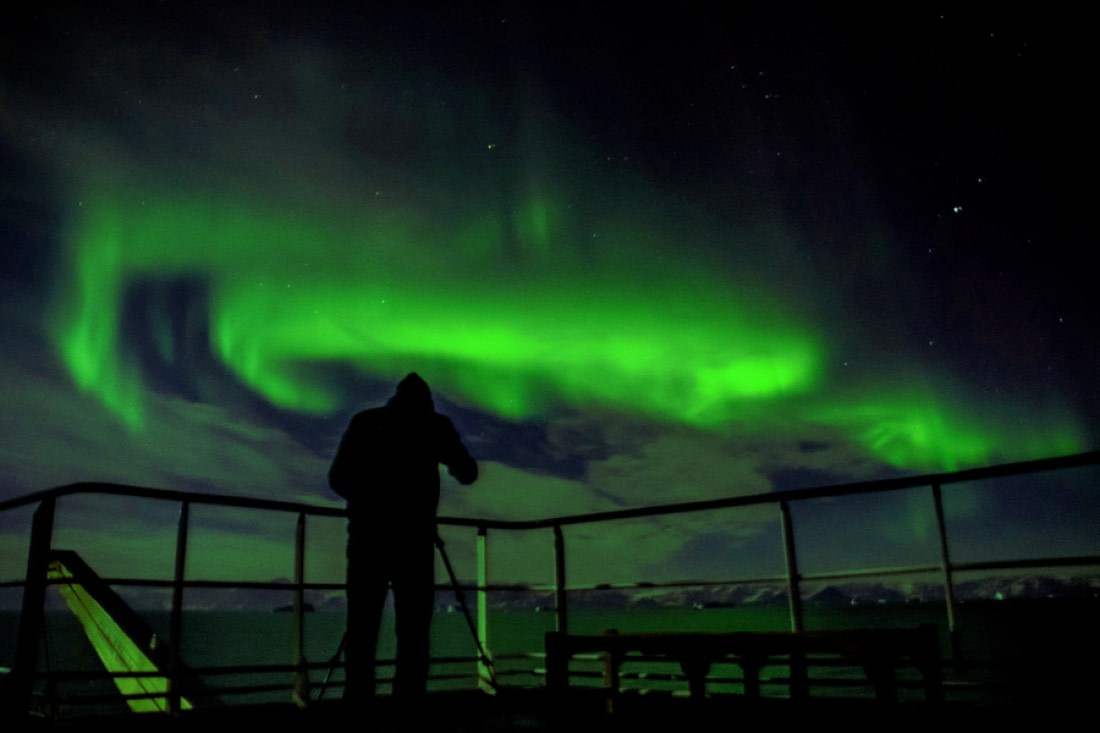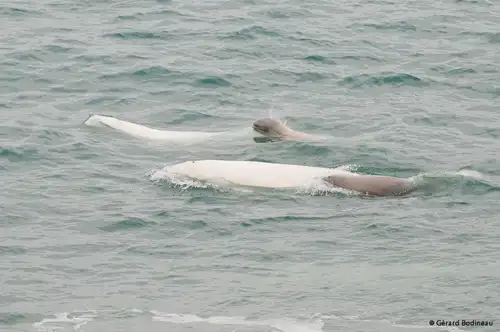At first glance, visiting Northern Norway outside of a blazing-hot summer might seem daunting for the average traveler.
Legends abound of Norway’s months of unbroken darkness, its tracts of untamed wilderness, and its history of bone-chilling winters that could make even the most committed Viking consider a career change.
But don’t believe every legend you hear.
Not only is Northern Norway’s less-than-luxurious side vastly overestimated, but this is one Arctic location that would be well worth seeing even if it weren’t.
A little goes a long way: Northern Norway is an Arctic appetizer
If you’ve crunched the numbers and are still unsure about signing on for a full polar voyage, you couldn’t ask for a better sampler of the Arctic bill of fare than Northern Norway. And as true as that is for the warm season, it’s even truer for the cooler one.
From October to April, you’re getting the most of the Arctic milieu without having to endure the harrowing distances required of usual Arctic haunts like Greenland, Svalbard, and especially Siberia. Cruising Northern Norway sites like the island of Senja and around Tromsø, on the other hand, affords you a modest dose of Arctic weather with the lion’s share of Arctic landscape – and all without having to drag yourself to the other side of the globe to get it.

Even the most veteran polar voyagers affirm that Northern Norway provides panoramas every bit as picturesque as the glacial slopes of east Greenland, Spitsbergen, and Iceland. But unlike some of those areas, Northern Norway has a more advanced infrastructure enlivened with vibrant Scandinavian culture.
Plus, who doesn’t love reindeer?

Overall, Northern Norway winters give you a touch of Arctic chill while still allowing you to feel your fingers, which will come in handy (so to speak) when you’re taking all those wonderful whale and northern lights pictures. But we’ll get to them in a second.

You can sail our historic schooner like a true Arctic explorer
Most tours to the Arctic take place on large motorized vessels freighting about a hundred passengers. These are often renovated research ships that aren’t very nimble, are sometimes noisy, and can seldom explore some of the best fjords Norway has to offer. Not so with our Northern Norway schooner. You’ll think you’ve woken up in one of Ernest Shackleton’s dreams, minus all the hard work and frostbite.

In Northern Norway we employ a traditional sailing vessel, Rembrandt van Rijn, built in the early nineteenth century but consummately updated for maximum comfort and safety. On top of imparting an authentic expedition experience, this smaller ship also carries fewer passengers: Rembrandt only takes 33 people.
This means that while you’re staring in amazement at the glittering Northern Norway fjord system (from a closer vantage than most vessels can offer), you’ll also be able to partake in traditional rope-and-mast sailing with a smaller group of snow lovers. And this means more fun divided among fewer people. We’re not mathematicians or anything, but we’re pretty sure that equals a good deal. And we haven’t even mentioned the northern lights yet.
North Norway has some of the best lightshows on Earth
They’re bright, they’re beautiful, they grant you some of the best bragging rights on the planet. The northern lights, or aurora borealis to the Latinists, are reason enough to suffer any flight for just the chance of a shot at a glimpse. Come to Northern Norway in the colder months and you’ll have more than just a chance.
Granted the sky doesn’t stay overcast the whole time, you’ll wish you had a second camera and another set of eyes.

We can’t help you with the eyes, but we can certainly give you something to use them on. North Norway offers visitors some of the best northern lights views to be found. This location has been consistently praised by such travel and nature authorities as National Geographic, the Travel Channel, and Travel + Leisure.
And harkening back to our earlier point about infrastructure, you can see these lovely light-works without having to pitch yourself headlong into Earth’s most isolated environs. So you can enjoy the old-fashioned quietude of a small-scale Arctic cruise without committing to all that goes along with a larger expedition. Oh, and also: whales.

Did we mention the whales? Yeah, you can see them in Northern Norway too
Seeing a whale from the edge of a 100-passenger vessel is no meager experience, but there’s just something about seeing whales from the creaking deck of a historic, hundred-year-old sailboat that’s slightly worthier of a song – or a Herman Melville novel. Our Northern Norway voyage gives you that opportunity. In fact, it’s as much a northern lights trip as it is a whale-watching cruise. And speaking of Melville, the most common whale we see on our Northern Norway itinerary is the sperm whale, the very species that inspired the white whale of Moby Dick.

This was no random choice: Sperms whales have the biggest brains of any mammal on Earth (and likewise the biggest heads), lending to their reputation for intelligence. Sperm whales also have roughly the same lifespan as humans, living around 70 years, and they make the loudest sound of any living creature. But if your tranquil Northern Norway voyage has to be disturbed at all, you could do a lot worse than a whale blast by the species that inspired one of the world’s greatest literary achievements, right?

North Norway: a short time ahead on a shoreline not so far away
The gentle rocking of a historic schooner, the wavelike grandeur of the northern lights, the seaward spout of surfacing sperm whales...
And all of it seen from the snow-swept splendor of the Northern Norway coastline, as steeped in ancient Scandinavian tradition as it is in iconic Arctic scenery. Whether you’re most primed to experience wildlife or landscapes, are traveling from distances great or small, or considering your first Arctic trip or your fifteenth, Northern Norway is indisputably a polar world beyond parallel.
Just ask the Vikings.
Blog



Earth vs. Mars: Polar Regions Compared

The Giant Petrels of King George Island

Five Reasons You Should Cruise the Ross Sea Immediately

The Seven Best Things to Do in Antarctica

The Research Stations of Antarctica and the sub-Antarctic

10 Tips for Photographing the Northern Lights

True South: A New Flag for a Global Antarctica

Where the Polar Bears Roam

Weddell Sea: the Original Antarctic Adventure

Of Treacherous Rocks & Audacious Fin Whales

Top 10 Tips for Packing Your Polar Photography Equipment

The Mysteries of the Beluga Whale

A Bug’s Life in Svalbard

Large and in Charge: Antarctica’s Southern Elephant Seals

15 Falkland Islands Bird Photos

Highlights from the First Arctic Voyage of Hondius

Bouvet Island: The Most Remote Island in the World

15 Toothy Facts About the Atlantic Walrus

The Arctic Borderland of Kongsfjorden, Svalbard






